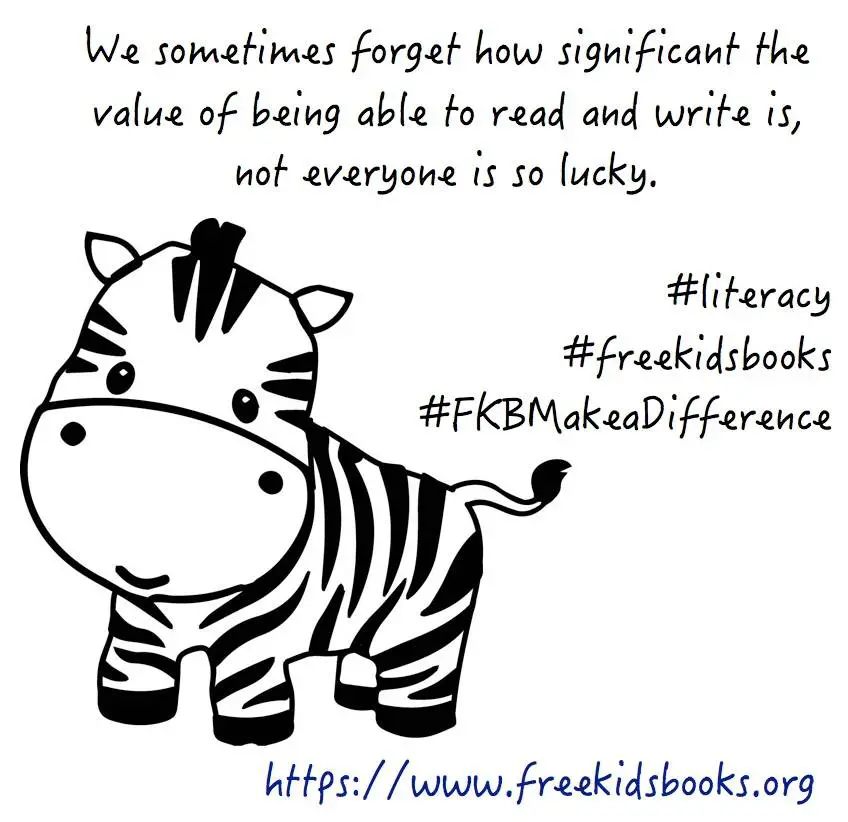Young children often find reading challenging because they don’t fully grasp how words break down into individual sounds. Understanding how sound buttons help kids break down words into sounds addresses this foundational gap. This strategy gives learners a concrete, hands-on way to connect letters with sounds, essential for phonemic awareness and reading fluency.
Sound buttons are simple visual cues placed under each letter or group of letters that represent a sound. When paired with verbal reinforcement, they allow kids to slow down and decode.

Why Phonemic Awareness Is Critical for Early Reading
Phonemic awareness is the ability to identify and manipulate the individual sounds in spoken words. It’s not the same as phonics, which involves linking sounds to written letters. Sound buttons bridge both by transforming abstract sounds into a visible, touchable sequence.
By isolating each phoneme, children become more aware of how sounds work together in a word. This awareness helps them decode new vocabulary and even improves spelling. It’s especially helpful in distinguishing similar-sounding words and catching subtle pronunciation differences.
How Visual and Auditory Learning Combine in Sound Buttoning
Most young learners benefit from visual aids and auditory repetition. Sound buttons naturally bring these elements together. Children see a symbol, press it, and say the sound, creating stronger neural connections through repetition and engagement.
This combination helps with sound-letter mapping, where kids begin to recognise that the symbol s usually makes the /s/ sound, or ch often makes /tʃ/. When these associations are reinforced consistently, decoding becomes automatic.
Why Tools Enhance the Impact of Sound Buttoning
Technology can make sound buttoning more engaging by adding voice and interaction. One effective way to do this is by using platforms like soundbuttonslab.com, which let educators and parents choose phoneme sounds to create custom sound boards. Kids can click and hear clear, accurate pronunciations as they match them to printed or spoken letters.
This combination of sound buttons and real-time audio supports multiple learning styles, especially auditory and visual, and can be used in classrooms, at home, or in remote learning sessions. It makes reading practice feel more like play, which keeps kids motivated and focused.
When Sound Buttons Should Be Introduced in Literacy Instruction
Sound buttoning fits best during the early stages of phonics instruction, generally between pre-K and second grade. Once children are familiar with the alphabet and basic sounds, sound buttons support their transition from letter recognition to actual reading.
In structured reading programs, these buttons are introduced early and used with simple CVC (consonant-vowel-consonant) words like cat, dog, or bug. Over time, the technique expands to include digraphs, blends, and even multisyllabic words, ensuring a gradual, confidence-building progression.
What Role Consistency Plays in Sound-Based Learning
Like any reading strategy, sound buttoning is most effective when used consistently. When incorporated into daily phonics routines, children develop rhythm and familiarity with how sounds flow within a word. This repeated exposure builds fluency and reduces guesswork.
The technique can also be applied across different subjects, science vocabulary, math word problems, or storybooks, so kids see its relevance beyond isolated exercises. The key is to maintain a steady practice rhythm to reinforce learning across varied contexts.
How Sound Buttons Support Struggling Readers and ESL Students
For children with learning difficulties like dyslexia or auditory processing disorders, sound buttons offer clarity in a sea of confusion. The visual breakdown of words reduces cognitive load, while the tactile tapping creates a pattern that’s easier to remember and replicate.
English language learners also benefit because they’re often encountering unfamiliar sounds. Being able to see, tap, and hear each phoneme helps them build accurate pronunciation and understand how English words are structured, something not always intuitive if their native language follows different sound rules.
When to Phase Out Sound Buttons for Independent Reading
The goal of sound buttoning isn’t lifelong dependency; it’s mastery. As children become more fluent readers, they begin internalising the sound-letter patterns they’ve practised. Over time, the visual cues can be removed, and children can read unaided.
This process should be gradual. Teachers and parents can start by reducing the number of sound-buttoned words in a reading session, offering occasional guidance rather than full assistance. If a child stumbles, bringing the buttons back in for reinforcement is a smart and supportive move.
How Confidence and Engagement Grow Through This Approach
Something is empowering about being able to break down and read a word independently. Sound buttoning creates that success early, giving young readers tangible proof that they can do it. That confidence encourages them to keep going, explore new words, and read for enjoyment, not just instruction.
By turning words into a series of manageable parts, this method reduces frustration and builds fluency. Children aren’t just learning how to read; they’re building the mental framework to decode new words long after the buttons are gone.
FAQs
What are sound buttons in early reading?
Sound buttons are visual cues placed under letters or groups of letters to represent sounds. They help children slow down, decode words step by step, and connect written symbols with spoken phonemes for stronger reading fluency.
Why is phonemic awareness important for kids?
Phonemic awareness helps children recognise and manipulate individual sounds in words. Using sound buttons builds this skill by making abstract sounds visible and touchable, improving decoding, spelling, and pronunciation while laying the foundation for confident reading.
How do sound buttons support struggling readers and ESL learners?
Sound buttons reduce confusion by breaking words into manageable parts. For struggling readers, they ease cognitive load, while ESL learners benefit from clear sound-letter mapping, accurate pronunciation, and structured practice that makes English word patterns easier to understand.
When should sound buttons be phased out?
Sound buttons are a temporary tool to build mastery. As children grow fluent, visual cues can be gradually reduced. Parents and teachers can taper usage, offering occasional support until kids confidently read independently without relying on buttons.











